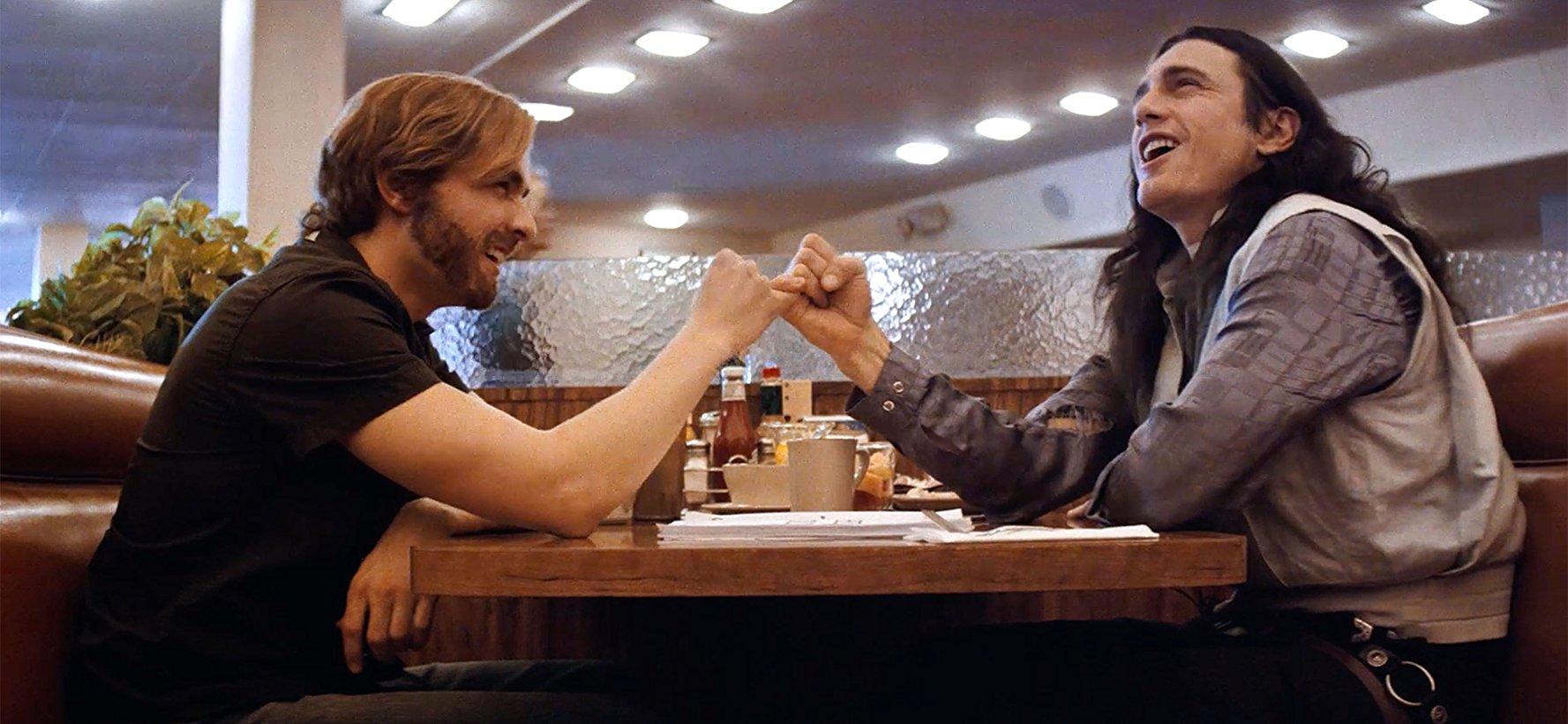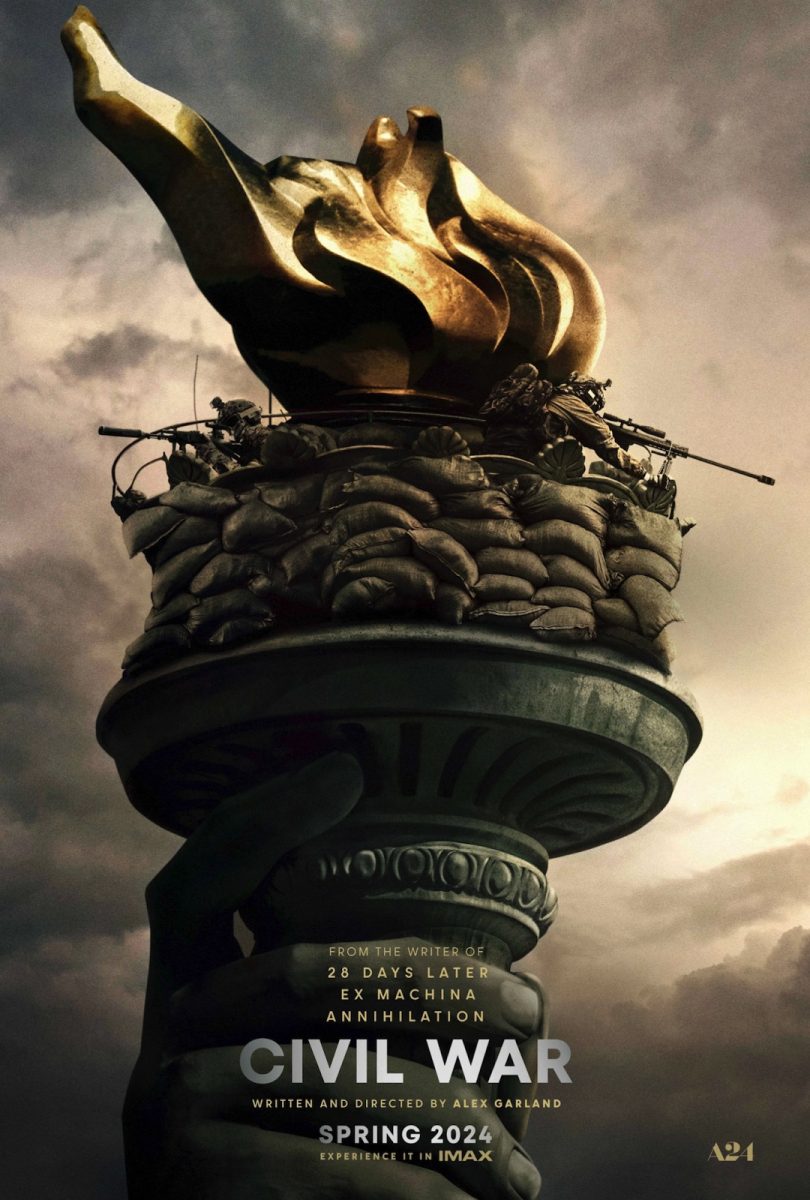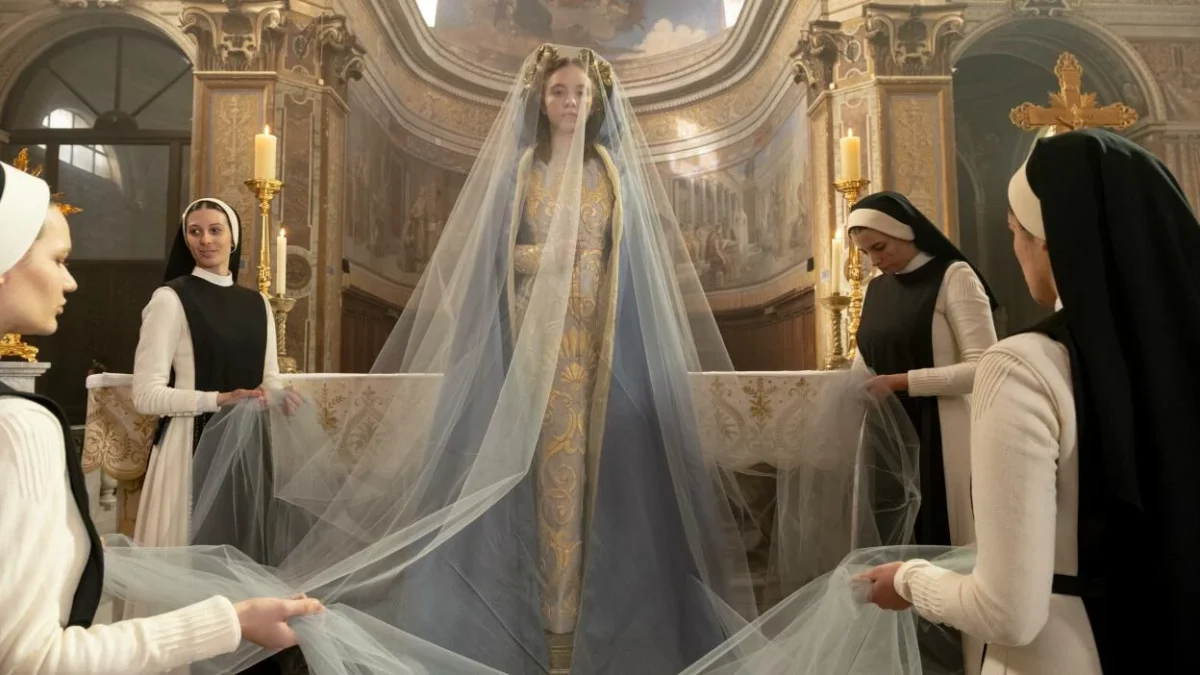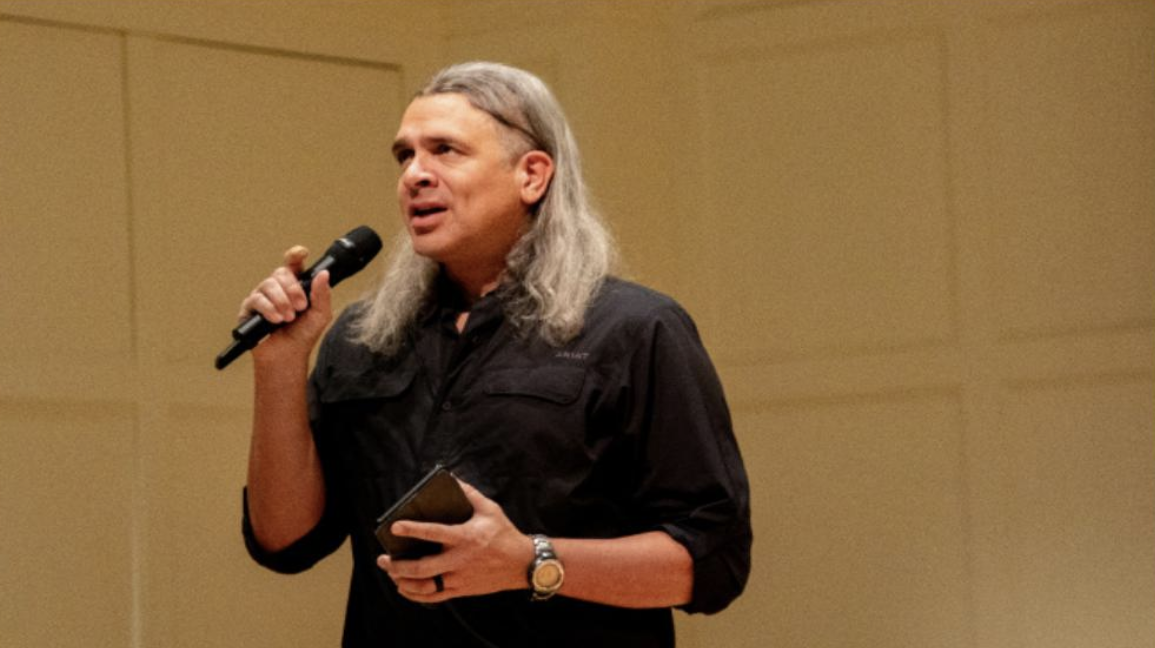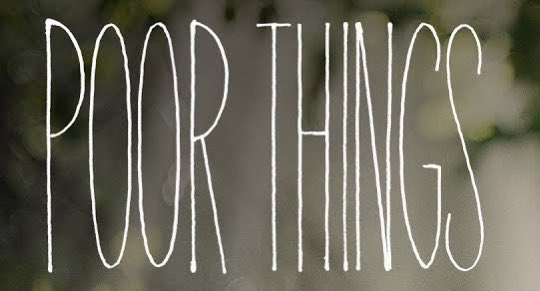As a post-script to this review of The Disaster Artist, I feel morally obliged to mention the recent revelations regarding James Franco’s sexual misconduct. Due to these misdeeds, Franco did not receive an Oscar nomination for what many view as a consummate performance (and rightfully so, on both counts). When writing my review, I chose not to color the film with Franco’s present circumstances, and wrote about The Disaster Artist as a purely aethetic object, to be critqued on its artistic and cultural value. That said, I do not condone Franco’s actions, but maintain the view that this film is a work of great cinematic achievment.
I’ve always been a skeptic of the sentiment, “the movie is so bad it’s good.” It seems like an odd capitulation, a strange valuation that doesn’t make a whole lot of sense. I try to think of it as a sort of boiling point of badness. Once it becomes obvious that by all conventional standards the film is a failure, a new set of non-criteria take over, and there is a perverse value acceded to the film. It becomes “so bad, it’s good.” But this is easier to conceptualize than to exemplify. If a film is really that bad, how could it ever be “good?”
Such was the apparent case with The Room, a film from 2003 that gained a reputation for its disastrous artistry and its untalented but redeemably hilarious acting. The director, writer and producer, Tommy Wiseau, has accumulated a following that has cheered his poor-quality film into fourteen years of screenings filled with buoyancy and laughter. Mind you, Wiseau’s film is meant as a drama. The auteur has since promoted it as a comedy. He turned crowd sourcing into critical relativism. As James Franco puts it: “as soon as he realized that people were laughing at it, he had the wherewithal to capitalize on that.”
Wiseau himself is a mysterious figure. He claims to be from New Orleans, but maintains a heavy Eastern European accent. His film, The Room, was self-funded, self-promoted and self-sustained, propelled by Wiseau’s apparently bottomless fortune emanating from an inscrutable source. No one knows where he gets his money. He famously kept the film in theaters, on his own dime, for two weeks so it could qualify for the Oscars. Wiseau’s age is also shrouded in as goofy a dramatic façade as his film. He claims to be drastically younger than his appearance, dating himself absurdly out of his obvious age-range. The man himself’s cultish mystique transmogrifies his film into a similarly occult creature that begs the question: Where the hell did this thing come from?
Before I saw The Room, and before I saw James Franco’s recreation of the circumstances surrounding the films production in 2003, I heard Marc Maron interview Franco on his podcast. Maron’s main question to Franco was “why”? Why put so much time and effort into recreating and presenting audiences with the milieu of a “fundamentally untalented person?” After all, The Room, some claim, is one of the worst films ever made. Couldn’t it only be a cataclysmic tautology, merely restating the obvious while pulling a mocking laugh or two? Franco’s response was not so much in defense of his film as it was in defense of himself, his interest in Wiseau and his admiration for the artistic impetus. Franco wanted to portray sympathetically the ambition and ultimate fruition of Wiseau’s artistic project. That its dividends are perverse and shine through, as Franco says, a “cracked lens,” is irrelevant.
But the fact that Franco’s movie, in part, aims at a biopic-esque portrayal of Wiseau and the environment surrounding his movie, makes it ultimately a great companion piece. To see Wiseau as especially sympathetic, one needs The Disaster Artist, but one also needs The Room. To watch either as a standalone is like reading Joyce, steeped in vast cultural and literary history, outside of the classroom. There needs to be some nexus between the source material and the history of the artist to fully understand the point behind the pages. While everything in The Disaster Artist fires at full capacity —Franco’s acting is superb, nuanced and an eerily accurate facsimile of Wiseau himself — the disadvantage for my six friends around me was that they hadn’t seen Wiseau in The Room. Scenes are reenacted in Franco’s film, but only in quick cuts and semi-contextual ways, ones that necessarily make the film dependent on Wiseau’s original. A sort of mise en abyme is in effect; a smaller image of Wiseau’s film exists within The Disaster Artist, which makes it effective but capsular. By design, it has limitations. What causes the real Tommy Wiseau to be sympathetic is the knowledge that his suicide in The Room may have been precipitated by similar thoughts in his actual life, shown to us for (mostly) the first time in Franco’s scenes as Tommy in The Disaster Artist. That the original film itself may have saved Wiseau from personal disaster is something to be learned. We can only sympathize with Wiseau himself, and his art, by means of his life’s (and parts of his art’s) reproduction, which The Disaster Artist does with the poignancy of a pin prick.
In part, what makes The Disaster Artist borderline great is that it makes you do something very rarely done nowadays: return to the source material, wind backward in an attempt to understand the intricacies of the present. Franco and co. force a superimposition of their material onto Wiseau’s 2003 film, and in doing so afford a deeper, more nuanced understanding of not only the film itself, but the drive behind it. In a sense, Franco is operating on an art historical plane, and like a great educator, leaves us slightly unsatisfied. We must excavate ourselves in an attempt to clarify. In order to be rewarded, we must peruse with an exacting eye Wiseau’s original, using The Disaster Artist as a sort of biographical and artistic assistant.
Of course, the self-obscuring nature of The Disaster Artist is what may limit it. People don’t like digging, and will merely settle for its sharp laughs and cringe-worthy characters. But great art never provides strict answers, it provokes. And that is what James Franco has always done. Whenever he seems on the verge of obsolescence, or veering on the edge of an eternal typecast, he finds a way to inject his art with a new life. The Disaster Artist is a film about what it means to persevere, surely it is that, but it is also a film about how history can lead to a better present. It reveals Wiseau’s humanity, the horrible as possibly ascendant, and the meaninglessly comical yet doggedly perseverant as one man’s revivification. It hopes, by extension, to revivify us as well.

